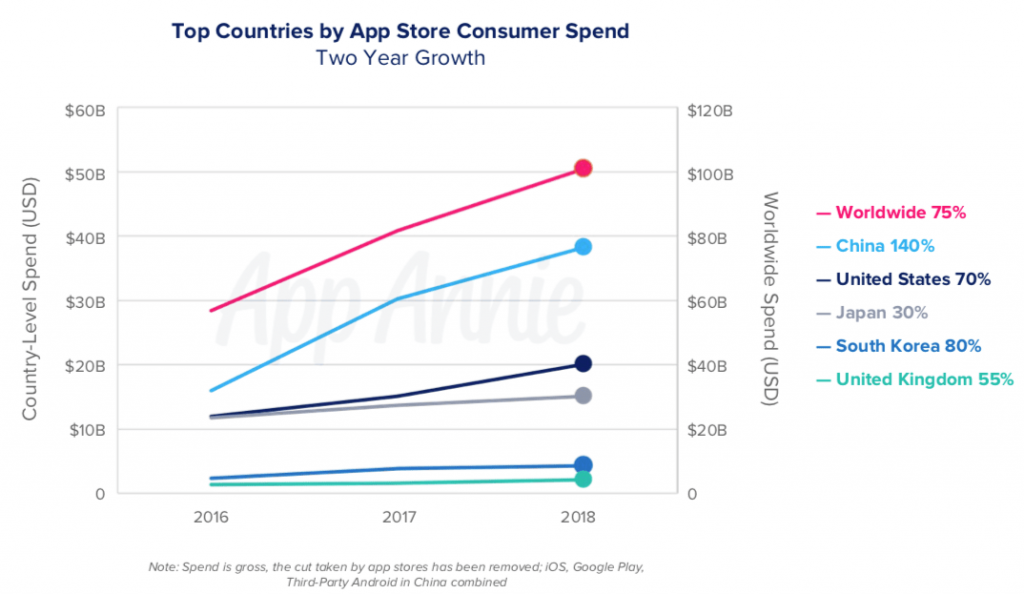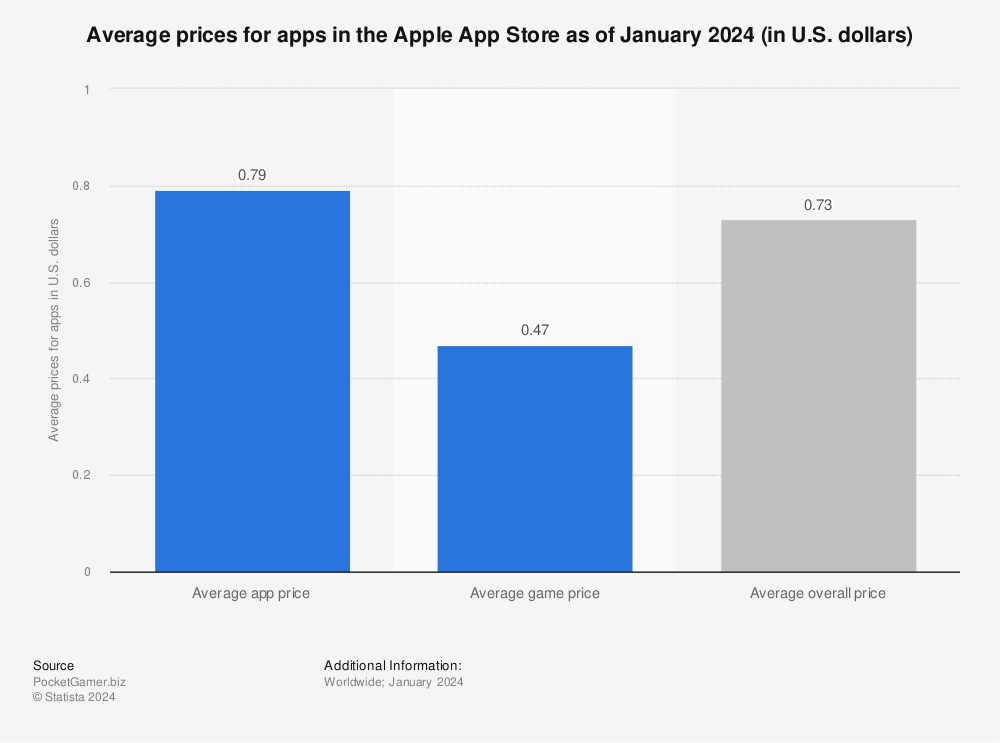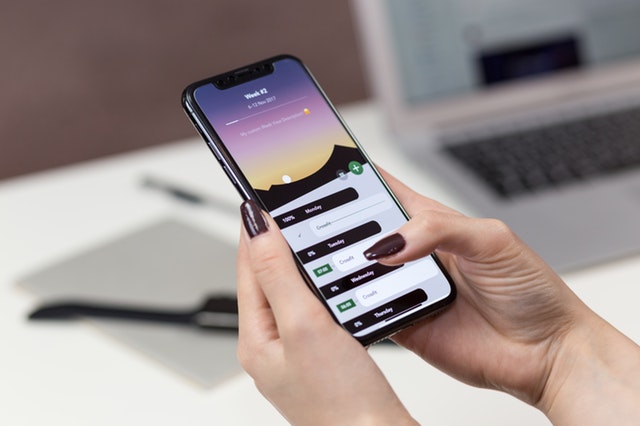
How do free apps make money? 9 real examples from 2020
Have you ever wondered how do free apps make money?
This post will give you nine examples of how free apps make money. The post will include statistics that highlight the effectiveness of each revenue generation method.
If you’re a business owner that wants to increase revenue, the last example will be the most relevant. It’s a great way to increase the revenue of your business with an effective app strategy.
Before we delve into each of the examples, it’s important to understand how the app economy is growing.
App market is experiencing significant growth
The graph below has shows the size of the app market worldwide in 2018 is US$ 101 billion. This is a staggering 75% increase from 2016.
Source: App Annie
This figure only considers the revenue generated from within the app. There are many apps such as Uber that generate revenue from outside of the app store that has not been included.
The forecast is for 2022 is US$ 156.5 billion which over three times the global box office revenue for the movie business.
App revenue is huge, but most apps are free to install
The app market is undeniably huge. However, most apps are free to install.
Over 94% of the apps in Google Play store are free while 88% of the apps in the Apple app store are free.
Even when apps do charge, the install charge is extremely low. The graph below shows the average install price for a game app is 49 cents while for a non-game app is $1.02.
There is an enormous amount of revenue being generated by mostly free to install apps. So how do free apps make money?
1. In-app purchases
A survey highlighted that 79% of gaming apps and 50% of non-gaming apps used in-app purchases to generate revenue.
An excellent example of in-app purchases is ‘Game of War: Fire Age’ mobile game. This ‘free-to-play’ game had an advertising budget of US$ 40 million that featured supermodel Kate Upton.
They even spent $4.5 million for a 30-second advertisement on the Superbowl. How can a ‘free-to-play’ game spend so much on advertising?
The graph below shows that Game of War players on average spends $550 in-app purchases. This staggering statistic shows how exorbitant marketing costs can be justified. The game has generated over US$ 2.8 billion in revenue since it launched in 2013.
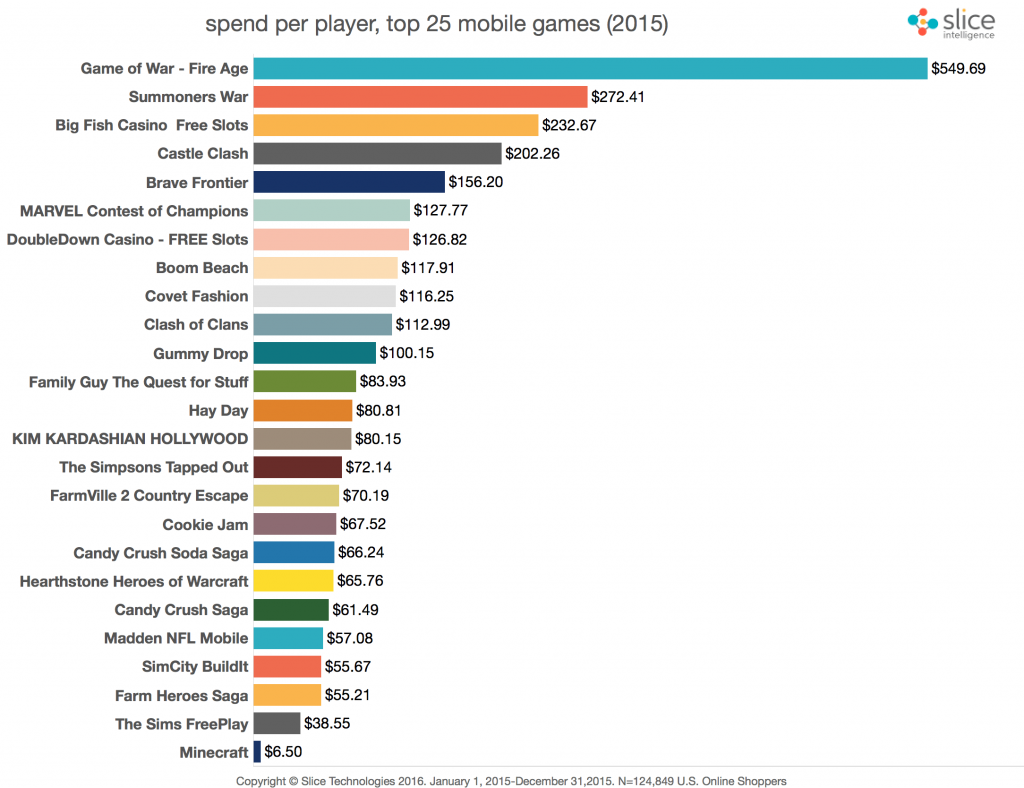
In-App purchases can be a very powerful mechanism for a ‘free app’ to generate significant revenue. Making the app ‘free’ removes any barrier to install. Once the users experience the value app, they are more likely to use in-app purchases.
2. Advertising
Eighty-one (81%) percent of game developers and 49% of non-game developers leverage advertising as a revenue source for their apps.
The graph below shows that digital advertising is experiencing strong growth of 23%. However, the advertising spend on the mobile platform has increased by 42%. Advertising on mobile platforms represents 63% of digital spend.

High demand for mobile advertising creates a perfect opportunity to leverage this as a revenue stream for free apps.
Types of advertisements in apps
This section will outline the different types of mobile advertising available for apps.
Full page advertisements
Also known as ‘interstitial advertisements’, the advertisement overlays the whole screen from the host app.
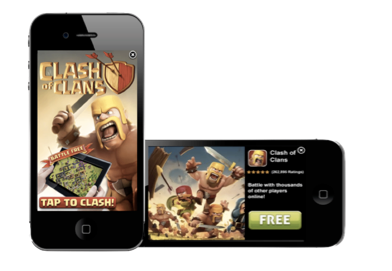
These advertisements can be static or video. Video advertisements are preferred because they can generate a five times higher engagement rate than static advertisements.
Best practice is to display these advertisements at natural transition points. It’s important that the user experience is not compromised with these advertisements.
When done properly, this can be a very effective strategy, especially with small screen sizes.
Banner advertisements
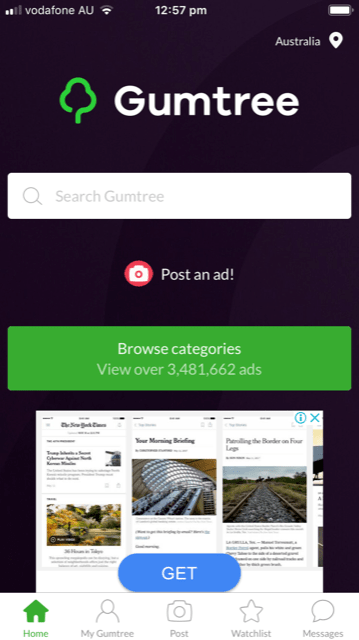
Example of a banner advertisement on the Gumtree app.
Banner advertisements are a convenient way to generate revenue from your app. However it’s important that usability is not affected by the banners due to the limited screen space.
Image source: Generated by author
Banners in either pre-specified locations or within the content of your app dynamically show advertisements. Advertisements are often dynamic and can be sourced through advertisement networks such as Admob.
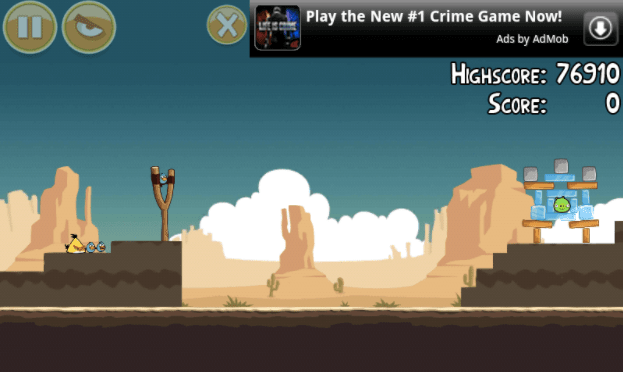
Product placement
This strategy involves incorporated the advertiser’s brand into your app. For example, the advertiser can be incorporated the brand within the gameplay of the app.
An example is where Angry Birds incorporated McDonalds China into the gameplay of their app.
Product placement has minimal impact on usability. However, it may not be as dynamic as the other advertising options.

3. Subscription up-sell
One of the best examples of upselling a customer to a subscription model is the Spotify music streaming app.
The Spotify app is free. However, the free version has limitations on skipping songs, listening offline and the user must listen to advertisements.
Paying a monthly subscription fee provides all of these features and the users don’t have to listen to advertisements. Spotify place a great deal of value on these features yielding a very effective subscription upsell.
The graph below shows how effective this subscription upsell has been for Spotify.
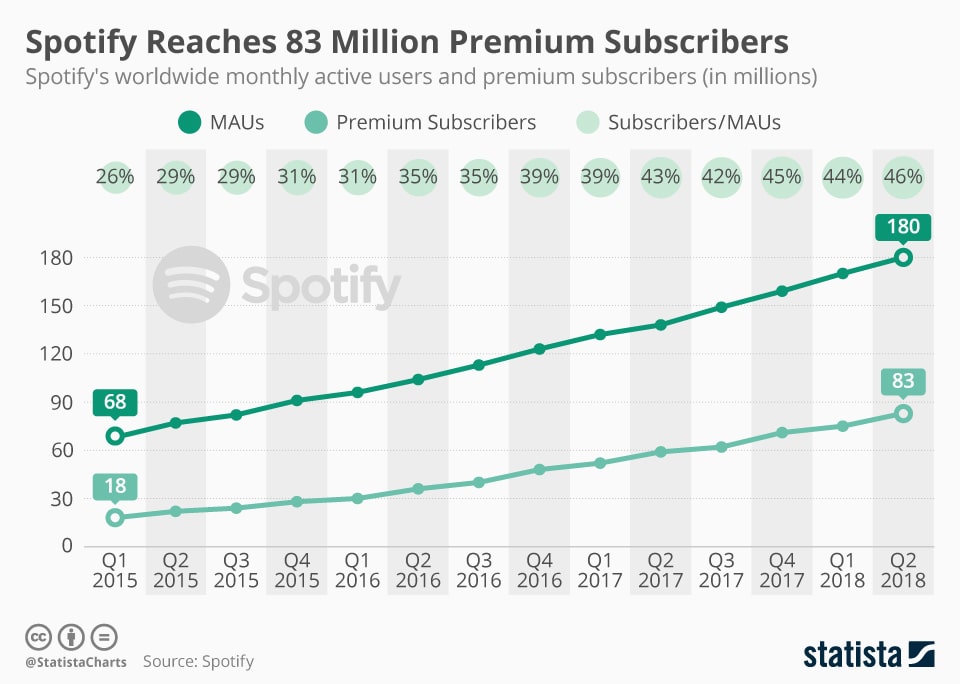
Source: Statistica
Forty-six percent (46%) of all subscribers are subscribed to the premium service. The cancellation rate (e.g. churn rate) for premium subscribers has gone from 7.7% in 2015 to below 5% in 2018.
4. Merchandise sales
If the free app gains popularity, there is also a great opportunity to sell physical merchandise. This can be sold through the app or from a separate e-commerce website.
For example, the publishers of Angry Birds generated nearly 40% of their $200 million in revenue from merchandise sales.
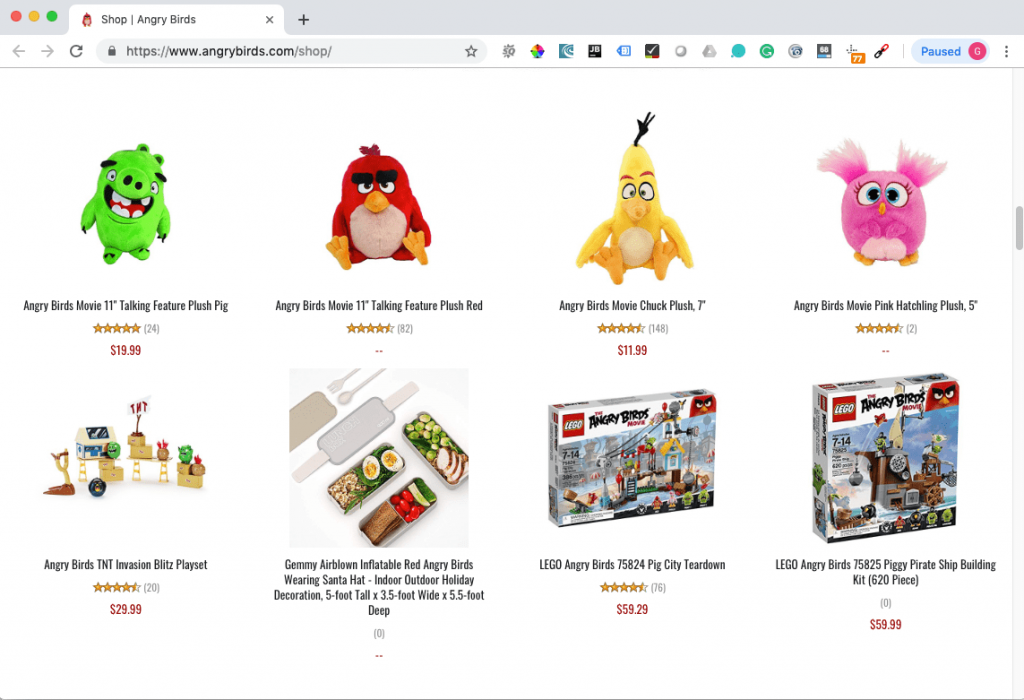
Merchandise sales are not restricted to games. Social media platform SnapChat is also selling merchandise directly from its app.
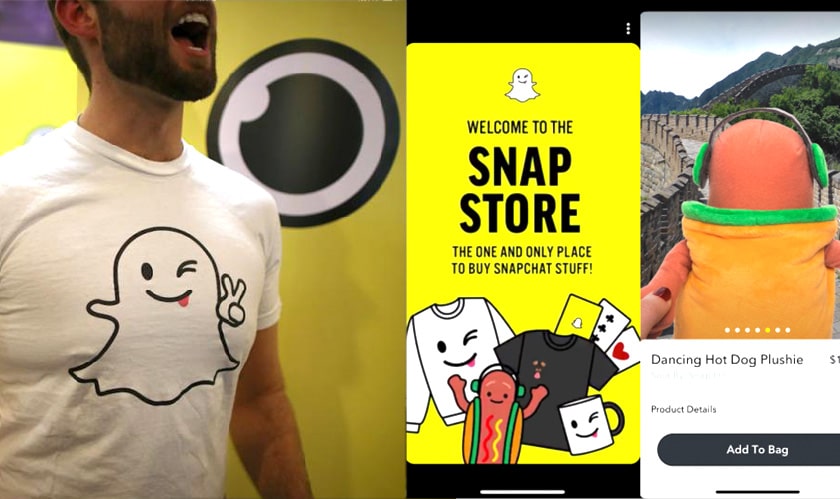
For this strategy to be successful, the app’s user base must have strong brand equity towards the app.
5. Mobile commerce
The app may be free, but revenue is generated when the user purchases goods or services through the app.
The following section outlines some high profile examples.
Uber
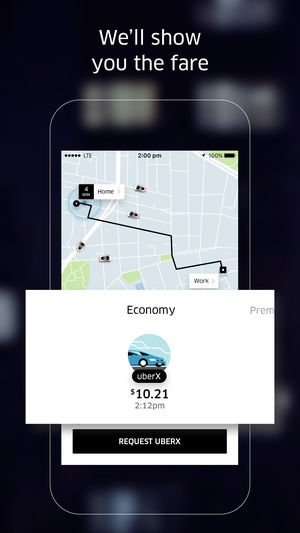
Uber is free to install but you pay for each ride. For every ride, Uber takes a percentage of the fare as a service fee and the rest goes to the driver.
The value of the bookings made by Uber in 2018 was $ 50 billion with revenue at $ 11.3 billion.
This business model has disrupted the taxi industry in many countries. This is a powerful example of how successful a services business (e.g. selling rides) can be from a mobile platform.
Amazon
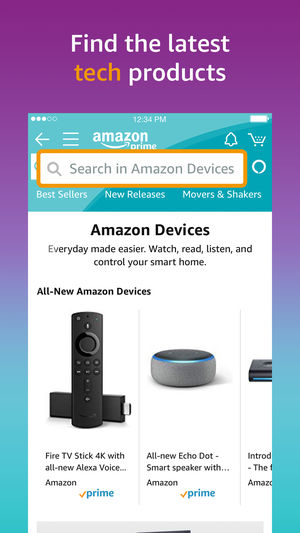
Amazon app is also free to install. The users then pay for purchases made within the app.
The app has advanced features such as the ability to search for products with voice or the smartphone camera. It has removed ‘friction’ when buying products using the app.
This business model has disrupted the retail industry in multiple countries. In 2018, Amazon $141.92 billion in revenue, up 19.7% from the prior year.
It has 49.1% share of the US e-commerce market. However, it only has a 5% share of the total US retail market. This leaves plenty of room for Amazon to grow as bricks-and-mortar retailers continue to lose market share to online retailers such as Amazon.
6. Selling data
A number of leading free apps collect data from your mobile phone and then onsell that data onto data aggregation companies.
The New York Times found that 75 companies received anonymous, precise location data from a number of mobile apps. Data provided to the data aggregators are used to provide insight to advertisers and other companies that want insight into consumer behavior.
This link shows 24 examples of free apps that sell location data to data aggregation companies.
An example of a data aggregation company is Huq. Huq has a software development kit that allows app developers to easily scrape data and send it to them.
An example of an app that has the Huq tracking codes embedded within it is ASKfm.
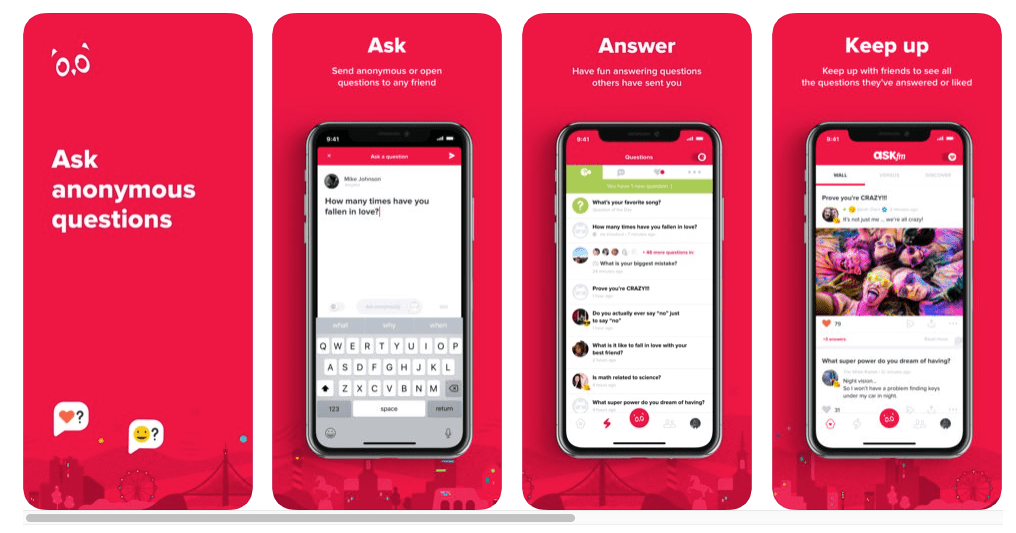
ASKfm allows users to anonymously ask questions to their friends. It is ranked as the number one question and answer app with over 215 million users.
According to the Huq earnings estimator, 215 million users based in the US could generate over $ 2 million in revenue for the app.
7. Advergaming
This strategy allows companies to promote products and services through elements within the game. This takes the product placement concept one step further in that the brand is a key element within the game rather than a promotion.
A great example is Doritos VR Battle.
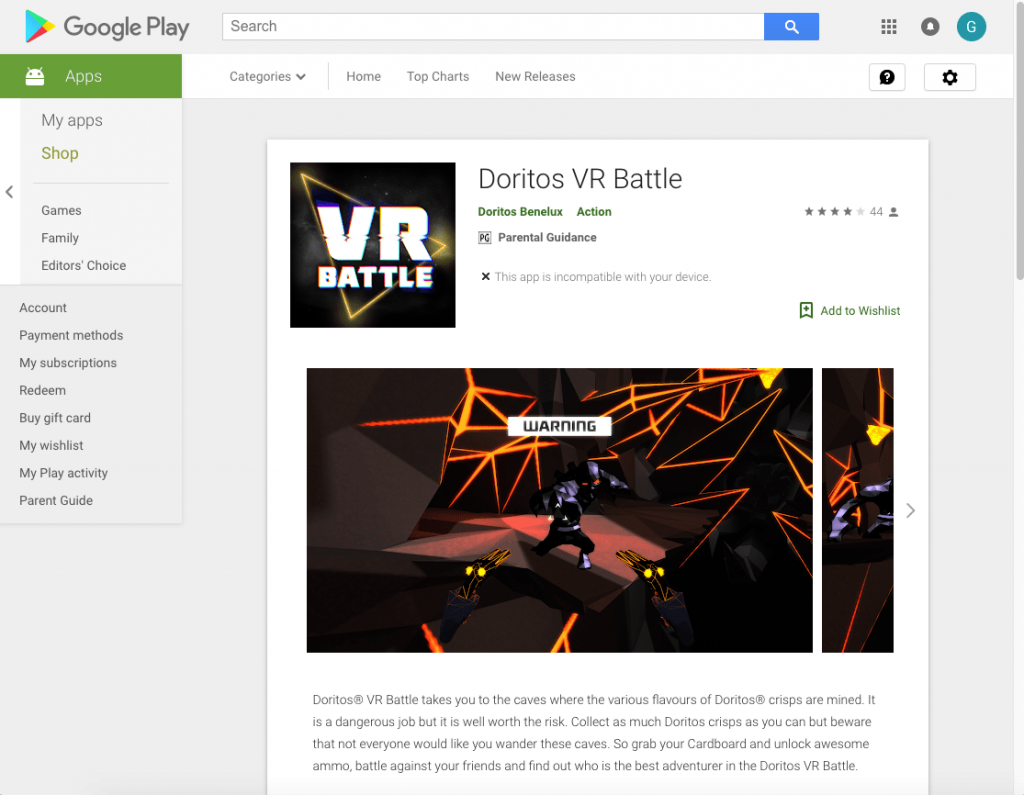
In this game, the player explores caves where the various Doritos flavors are mined. The player can even unlock new weapons from the barcodes that are on the bottom of the actual packet of Doritos corn chips.
The game not only educates the player on the various flavours, it increases the sales of Doritos to get the barcodes on the packaging.
Product promotion is a key element of the whole game.
8. App sponsorship
App sponsorship is not as popular as the mainstream advertising techniques outlined above. However, if there is synergy between the app’s audience and the sponsor’s target audience, app sponsorship can be an excellent strategy.
Sponsoring the app allows the brand to have exclusive access to the app’s target audience for a period of time. Some experts suggest that marketing metrics such as brand awareness, brand equity and purchase intent are 30 to 50% higher than standard in-app advertisements.
Examples of app sponsorship
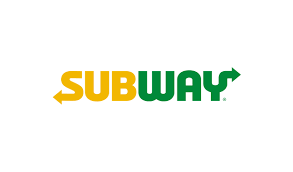
Subway sponsored the SuperBowl pre-play football app.
The pre-play app awards points to fans who predict the outcome of each play as they watch football games on television.
This strategy provided exclusive access to their target demographic.
9. Digital Engagement
The last example in this article is the most relevant if you have a business.
In our view, digital engagement is the most important way free apps can make money for businesses.
Increasing digital engagement allows businesses to increase the customer’s ‘lifetime value’. Lifetime value is the projected revenue generated during the lifetime of that customer. A mobile app is a perfect mechanism to facilitate this repeat business.
We know that users now spend more time on their smartphone consuming content than any other device. Having an app that engages customers on their smartphone can dramatically increase repeat business.
Here are a couple of examples of free apps that have made a significant revenue through increased digital engagement.
Starbucks app
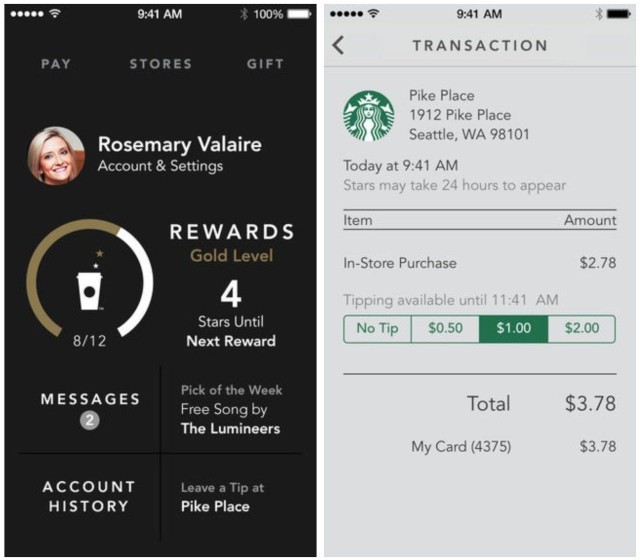
Starbucks use an app to create a strong point of difference from their competitors. It allows customers to skip the queue and pay for order before you even enter the store. This is especially valuable for people that want to pick up a coffee on their way to work.
The loyalty programme within the app is a strong incentive to increase the lifetime value of their customers. The Starbucks rewards programme represents 40% of US company operated sales.
Customers that are digitally engaged buy two to three times more products then non-digitally engaged customers.
The app even allows customers to identify the music that is playing in their store and save it on their playlist on Spotify. The app is helping to create a deeply engaging relationship with their customers.
This deep digital engagement is translating into strong financial performance.
Dominos app
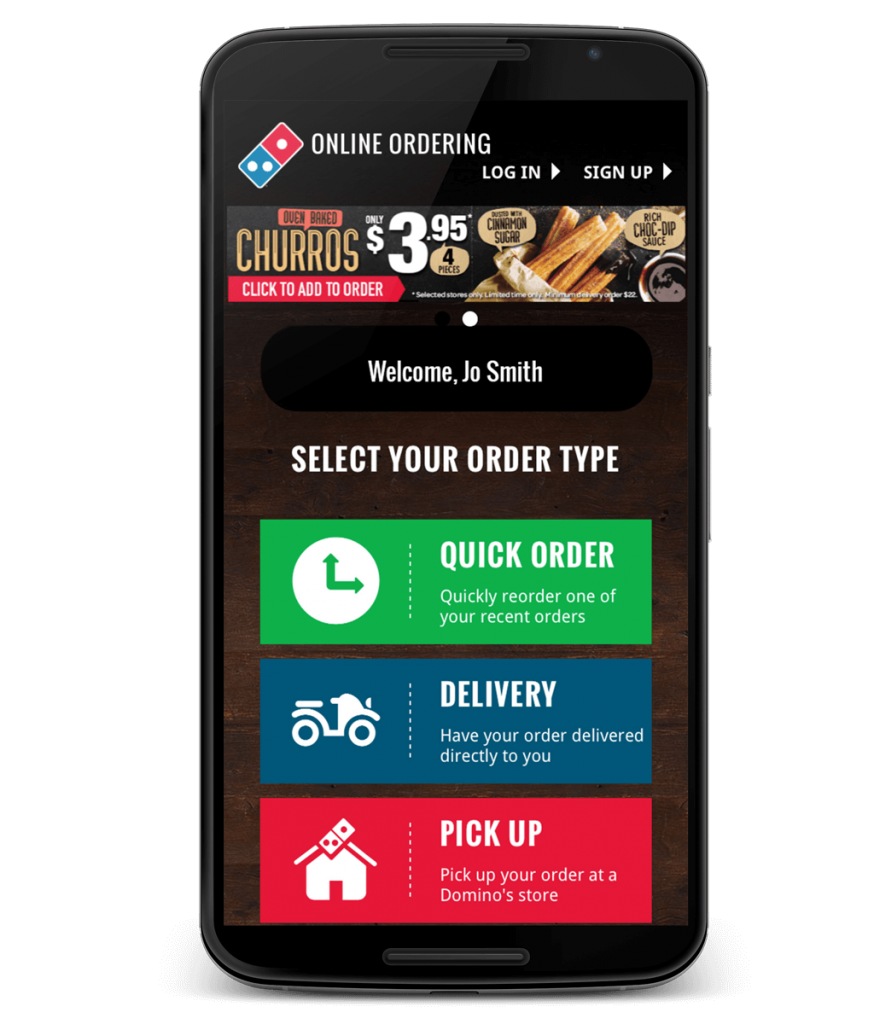
The Dominos app has an interactive pizza creator that allows customers to create custom pizzas. The ability to track the delivery of the pizza is also a great feature of the app.
The app has removed all friction in ordering a pizza and has disrupted the fast food industry.
One in eight of the UK population had downloaded the app. Online orders in the UK represent 70% of revenue and over half have come through the app.
Dominos is often described as a ‘tech company that sells pizza’ and this approach is delivering significant shareholder value.
Conclusion
It’s clear that users are spending more time on their smartphone than any other device. There has never been a better time to leverage mobile apps to generate revenue.
The key question this article wanted to answer was how do free apps make money. This article showed nine real examples supported by statistics.
Some monetization strategies generate revenue from within the app store. Other app monetization techniques generate revenue from outside of the app store but use the app to facilitate the transaction.
If you have an existing business, one of the best approaches is to increase digital engagement using an app. This approach can provide a step change in the financial performance of your business.
We have deep expertise in app development not only from a technical perspective but from a business perspective.
If you have an app idea that you would like to discuss, please click this link to organize a FREE strategy session.
We look forward to hearing about your app idea soon!

